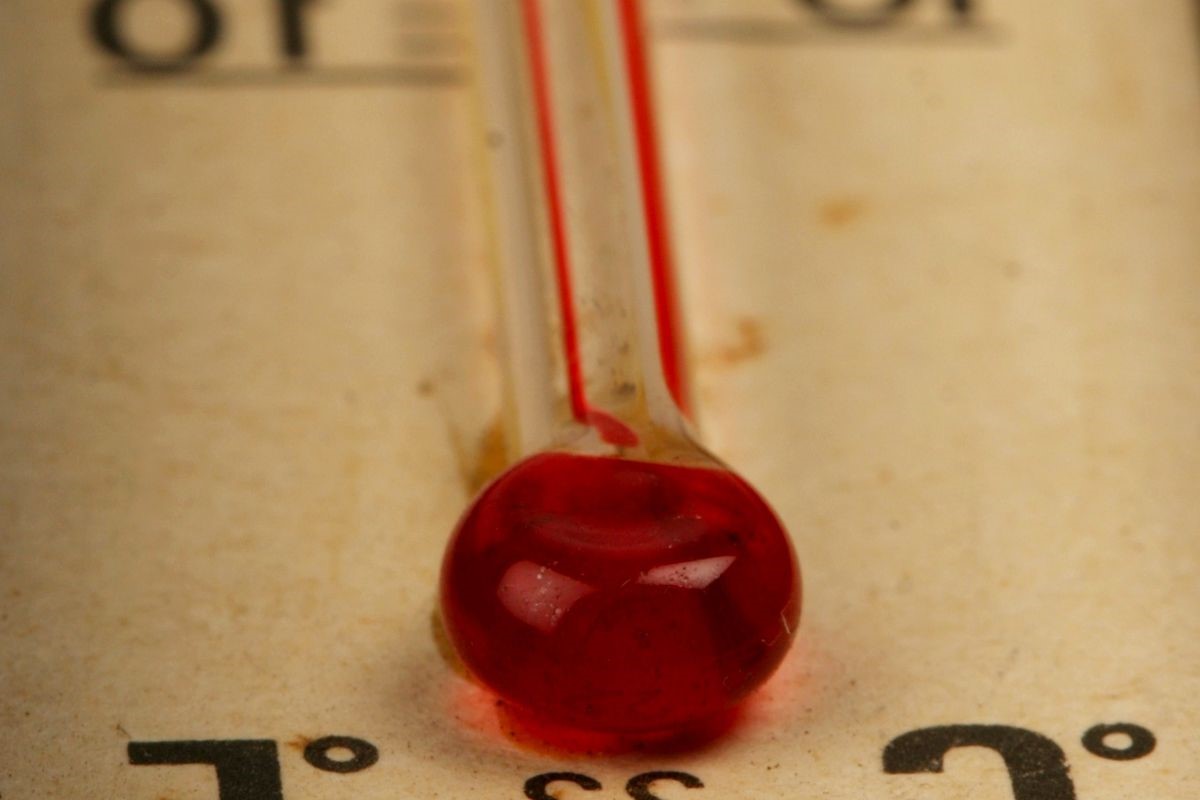Home>Science & Environment>Understanding the Two Reference Points on the Celsius Scale


Science & Environment
Understanding the Two Reference Points on the Celsius Scale
Published: December 1, 2024
Learn about the two reference temperatures on the Celsius scale and grasp the key points in this informative guide. Explore more on Science & Environment.
(Many of the links in this article redirect to a specific reviewed product. Your purchase of these products through affiliate links helps to generate commission for Temperatures.com, at no extra cost. Learn more)
So, let’s dive straight into the heart of the matter. Two reference points on the Celsius scale really stand out for me: ##freezing## and ##boiling## points of water. Now, why are these so crucial? Well, they form the backbone of the Celsius temperature scale, a system I find incredibly intuitive for everyday use.
Starting with the ##freezing point##, it’s set at ##0 degrees Celsius##. This isn’t just a random number. It’s the exact temperature at which water transitions from liquid to solid under standard atmospheric pressure. For me, this is a game-changer in understanding weather patterns, especially when I’m bracing for those cold winter mornings.
Moving on to the ##boiling point##, marked at ##100 degrees Celsius##, it’s equally fascinating. This point indicates where water shifts from liquid to gas, again under standard pressure. Cooking, scientific experiments, and even predicting weather phenomena hinge on this critical temperature.
These two reference points create a 100-degree scale that’s both simple and effective for daily temperature measurements. Whether I’m checking if it’s cold enough for ice to form or hot enough for water to boil, these markers are my go-to guide. They make the Celsius scale not just a measurement tool, but a part of my daily life, helping me navigate through various temperature-related scenarios with ease.
















